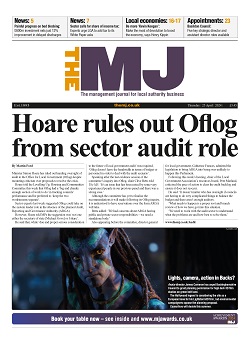With the new look Conservative Party now in power, austerity measures will no doubt recommence in earnest. However, it’s clear a salami slicing approach to cuts in public expenditure has outlived its usefulness.
According to Civica research with local public service decision-makers, 2015 has been earmarked for transformation as part of a wider admission that if the spending gap is not addressed by more radical thinking about how services are delivered in the future, the situation for many frontline services is likely to be bleak. In fact, the research shows that 63% of local authorities believe libraries, leisure facilities, youth centres and parks will suffer, 38% predict pest control and refuse collections will be reduced and 28% believe adult social care will be compromised if urgent action is not taken now.
Local public services have performed an unprecedented job in adapting to 30% cuts since 2011, but the pace of change and the expectation to meet financial and societal challenges is accelerating, with 2016 and 2017 being the crunch years. It’s been widely perceived that councils are reaching a tipping point, as illustrated by the Barnet Graph of Doom, and it will be their local citizens that pay the price. SIGOMA (the Special Interest Group of Municipal Authorities within the LGA) claims that the local government spending settlement for 2015/16 contains larger budget cuts for those authorities protecting the most vulnerable.
Want full article access?
Receive The MJ magazine each week and gain access to all the content on this website with a subscription.
Full website content includes additional, exclusive commentary and analysis on the issues affecting local government.
Already a subscriber? Login



